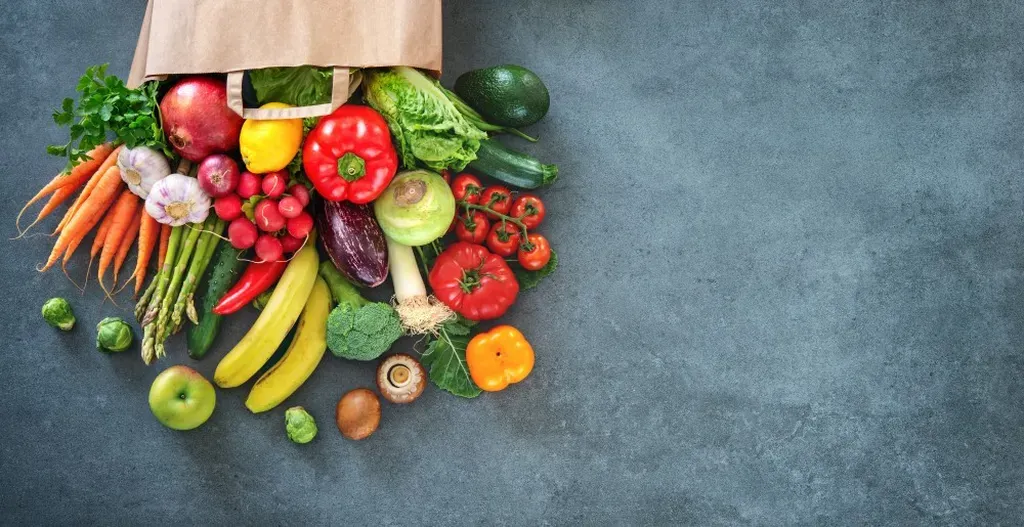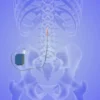Most people know chronic pain can be managed with medical therapies. But lifestyle changes can help, too, including some key changes to what you eat — and what you don’t eat.
Our team at Advanced Spine and Pain Center helps patients manage their chronic pain symptoms with lifestyle changes and medical therapies. Here, learn how a few simple changes to your diet could help reduce your painful symptoms now and in the future.
Foods to eat
The goal is to fill your shopping cart and menu with anti-inflammatory foods that help reduce inflammation and prevent it in the future.
Colorful fruits and vegetables
Red, orange, and purplish fruits and vegetables contain high levels of plant chemicals associated with reduced inflammation. The list of good-for-you options is vast, including lots of berries, bell peppers, tomatoes, grapes, carrots, and sweet potatoes. The key is to “eat the rainbow” — including many options to get the widest variety of vitamins and other key nutrients.
Whole grains
Whole grains contain minerals like magnesium that help reduce pain and nutrients that support a healthy immune system response and optimal nerve health. They also contain antioxidants and plant chemicals (phytochemicals) that have been shown to reduce inflammation.
Fatty fish
Fatty fish like salmon and mackerel contain omega fatty acids that have been shown to help reduce inflammation, including inflammation associated with chronic pain issues like arthritis. Just be sure to broil or bake fish and avoid frying it in unhealthy oils.
Spices
Turmeric, ginger, oregano, and pepper all possess anti-inflammatory properties. In fact, the “hot” component of peppers—capsaicin—is used in many topical pain creams. Another bonus: Spices ramp up your flavor without adding unhealthy levels of sodium or fats.
Olive oil
Research shows olive oil contains chemicals that make it a great inflammation-fighter. In addition to helping reduce inflammation-related pain, olive oil helps you stay healthy in other ways, reducing the risks of stroke, obesity, and arthritis.
Lean protein or plant protein
Protein helps your body build muscle and repair damaged tissues. Aim for lean choices, like chicken or pork, and avoid red meats. Plant proteins have also been associated with a reduction in pain and inflammation.
Foods to avoid
Knowing which foods to eat is certainly important, but it’s equally important to know which foods to avoid when it comes to managing pain.
Sugar
Eating sugary foods, snacks, and drinks increases the risk of developing inflammation, a significant driver of chronic pain. Snack on fresh fruit with peanut butter or yogurt for dipping, and choose unsweetened drinks or water with melon chunks or mint.
Trans fats
Trans fats raise “bad” cholesterol and lower “good” cholesterol, increasing your risks of many chronic and serious diseases, like heart disease, stroke, and type 2 diabetes. Research shows they also increase your risk of inflammation and pain. Trans fats are found in foods like margarine and lots of fried, baked, and convenience foods, including many frozen foods, so it’s important to read your food labels.
Processed foods
Processed foods typically contain high levels of unhealthy fats, sugars, salt, and chemical additives that can increase your risk of inflammation. These foods can also lead to weight gain, which can contribute to many types of pain, including joint pain.
Foods high in sodium
Most of us equate sodium with table salt, but this mineral is found in many other foods, like canned soups and vegetables, condiments, crackers, snack foods, and even bread. Read your food labels and use spices and herbs to add flavor when cooking.
Personal “trigger” foods
Some people with chronic inflammation pain may have specific foods that trigger their symptoms. Keeping a food diary can help you determine which foods are problematic.
Optimizing your eating habits is just one way to help manage your chronic pain. To learn about other lifestyle changes and medical interventions that can help, book an appointment online or over the phone with the team at our three locations in San Antonio, Texas, today.





